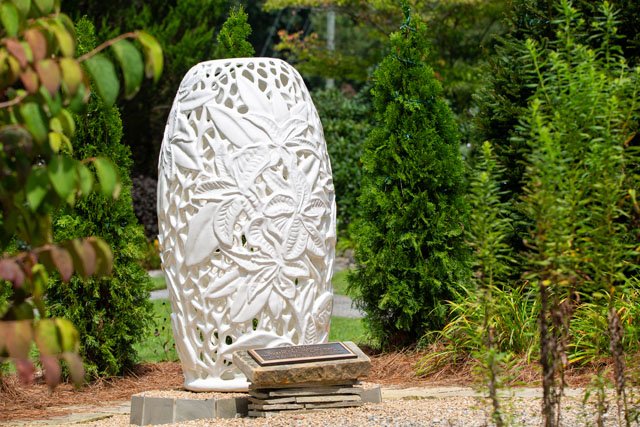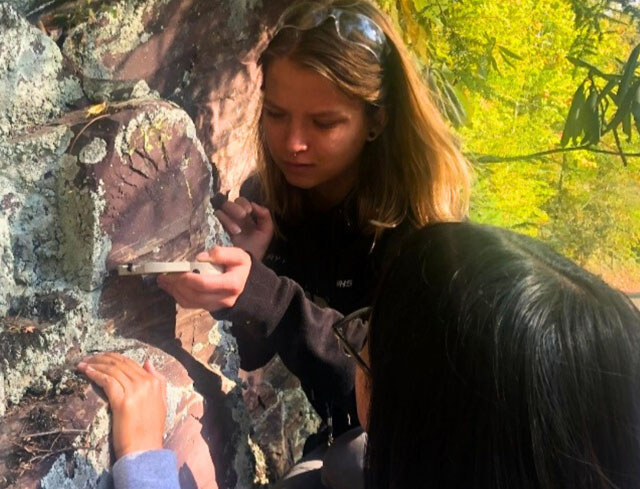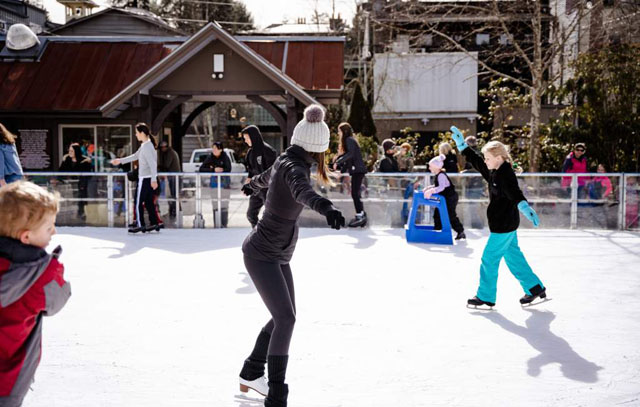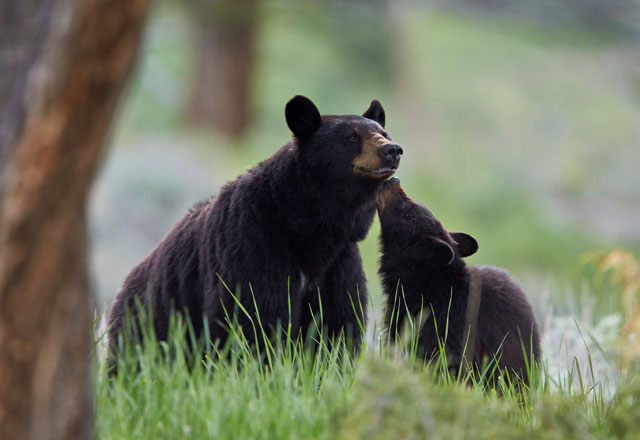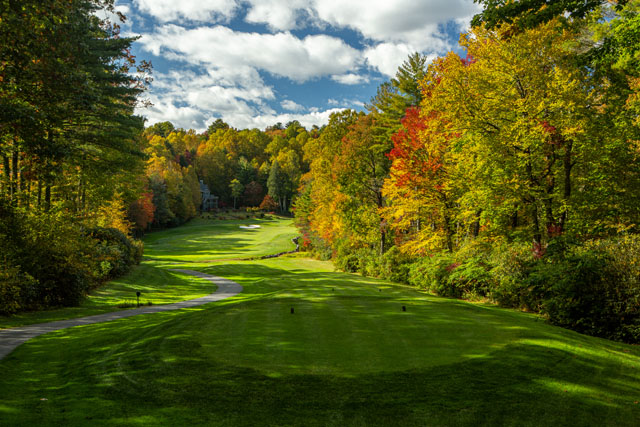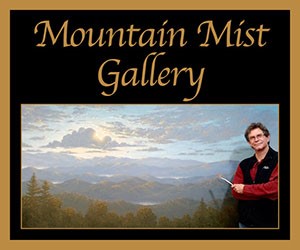Kayaking on the Plateau
05 Oct 2024
From wild and crazy to peaceful and laid back, this mountain sport draws enthusiastic participants and spectators
By BRENDON VOeLKER » Photos by ANDREW RENFRO
Western North Carolina boasts an assortment of glassy lakes, crystal clear streams and natural waterfalls. Our lakes and waterfalls are both natural and man-made. Construction of the man-made variety exploded in Tennessee, North Carolina and Georgia during World War II. They were built to generate electricity for powering factories that produced goods for the war effort. The plateau’s Lake Glenville was constructed in 1941 to power the manufacture of aluminum.
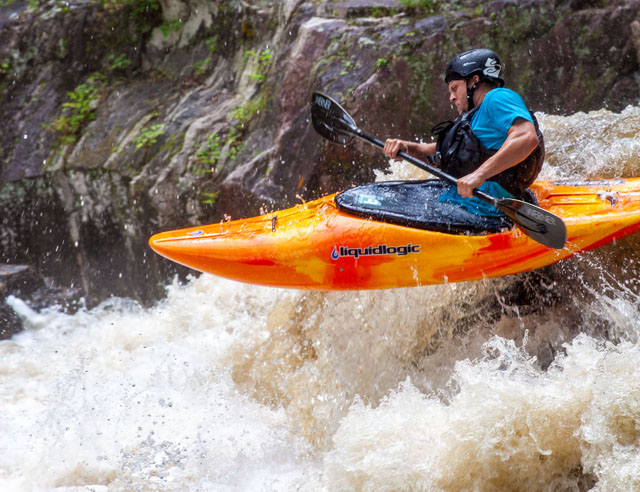
Whitewater Kayaking
Today, Duke Energy continues to generate power from the lake through a licensing agreement with the Federal Energy Regulatory Commission. In exchange, they manage lake levels and are responsible for specific public recreational areas, including a lakefront park, two boat launches with parking, and, more recently, a beautifully conceived trail alongside High Falls, the dam’s spillway.
Pinecreek Road runs across the dam on the north side of the lake. Just west of the dam is the trailhead for High Falls, a steep but short and scenic walk constructed almost exclusively from materials found along the path, rough-cut stone steps and railings made from felled trees. Here, overflowing water from the lake spills down to where the Tuckaseegee River resumes its flow.
Each year, Duke Energy announces planned releases throughout late spring and summer that create up to Category IV whitewater conditions from the bottom of the falls down to the power plant. Kayakers flock to the temporarily runnable river to enjoy the fun. The tradition began with the help and guidance of the American Whitewater Association, and it has become a much-anticipated event that participants and spectators enjoy equally.
On release dates, what is typically a serene and picturesque waterfall with picturesque swimming holes, High Falls morphs into a raging monster as the dam opens its gates to pump water at 250 cubic feet per second. Excessive rainfall can trigger a release, but those that are recreational and scheduled draw the big crowds. Kayakers leave transportation at the power plant, so making multiple runs on the same day is the norm if they have a driver to ferry them back up to the base of the falls.
Many choose the short but steep trailhead on Pinecreek Road. They hike down the narrow trail’s 600-foot drop with all their gear, politely refusing any help from spectators. Alternatively, the start of the run can be accessed from the west side of Highway 107 and Shoal Creek Mountain Road, ten miles north of the Cashiers crossroads. The trail is less steep but longer at almost two miles. At the base of the falls, spectators who arrive early need to remember to be on the right side of the river when the water release begins, as stepping across is easy enough before then, impossible after. Caught on the wrong side means a six-hour wait or miles of walking to return to the parking lot where they began.
Once spectators and kayakers are assembled at the base of the falls, they wait for what can only be compared to a trailer for an action/disaster movie. Without warning, the rush of water comes charging from high above with a roar, sweeping up one kayaker after another and enveloping the entire area in a cool mist. In a flash, they are on an adrenaline-charged race down six miles of mind-bending rapids that will only last the day.
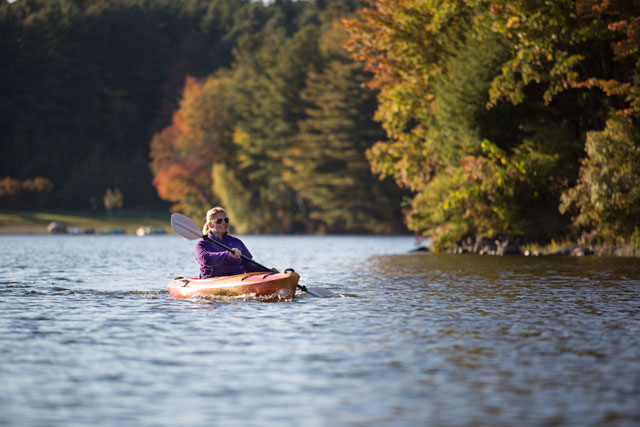
Flatwater Kayaking
There is also a popular alternative to risking life and limb when kayaking on the plateau. Flatwater kayaking on a peaceful mountain lake is the preferred option for most. Along Lake Glenville’s 28-mile shoreline, a keen eye will reveal no shortage of kayaks stored on racks or tied to docks for enjoying the water and the workout.
In the early and late afternoon hours of summer, the flatwater kayakers venture out to enjoy the serene hours before powerboats chop up the lake’s glassy surface. It’s a leisurely glide along the shore that allows for close inspection of dense foliage, visiting with neighbors lounging on their docks and, for some, treating their well-trained pooch to a trip on the water. Venturing out into open water works best at this time and is not recommended when motorized boats are present.
Late spring and early fall are prime time for kayakers, when the speedboats of summer have mostly gone to storage, lengthening quiet hours on the lake. The occasional fishing boat might troll by slowly casting lines along the shore. But, when they seek a better spot, they tend to hit the gas well away from paddleboards and kayaks. Pontoon boats are mostly filled with an older, more serene crowd content to cruise about slowly, rarely making a wake that might capsize a kayak.
Lake Glenville is public and, therefore, busier than its private counterparts. Vacation accommodations can be chosen for private lake access, and on the plateau, motorized watercraft are excluded except for Lake Toxaway. Sapphire Valley’s Lake Fairfield is the area’s oldest manmade lake, its construction dating back to 1895. Today, it is a private playground for residents and visitors staying at properties within Sapphire Valley’s master homeowners association’s many homes, condominiums, hotels and inns. Its iconic rock face, Bald Rock, and views of Chimney Top Mountain make this picturesque lake a popular destination. Rental kayaks are plentiful, and long stretches of grassy shores welcome kids and dogs.


